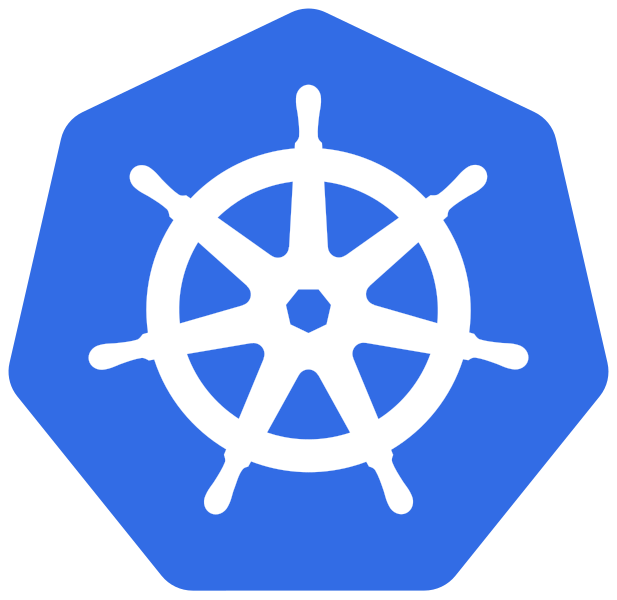The 4Cs of Kubernetes Security is a layered security approach designed to protect Kubernetes environments. The 4Cs stand for:
- Cloud (or Infrastructure) Security
- Cluster Security
- Container Security
- Code Security
These layers work together to provide a defense-in-depth strategy for securing Kubernetes workloads.
The 4Cs of Kubernetes Security: A Layered Approach to Secure Your Cluster
Kubernetes has become the de facto standard for container orchestration, but securing a Kubernetes environment is a complex task. The 4Cs of Kubernetes Security—Cloud, Cluster, Container, and Code—help break down security best practices into manageable layers, ensuring a robust security posture.
In this guide, we’ll explore each of these security layers and provide actionable steps to enhance the security of your Kubernetes workloads.
1️⃣ Cloud: Securing the Infrastructure
The foundation of Kubernetes security starts with securing the infrastructure where your cluster runs. Whether you’re using AWS, Google Cloud, Azure, or an on-prem data center, protecting the underlying infrastructure is crucial.
Best Practices for Cloud Security:
✅ IAM & Least Privilege Access: Restrict access using Identity and Access Management (IAM) roles and permissions. Follow the principle of least privilege (PoLP) to minimize risk.
✅ VPC Network Security: Use private subnets, security groups, and firewalls to control traffic and isolate workloads.
✅ Enable Audit Logging & Monitoring: Set up CloudTrail (AWS), Security Command Center (GCP), or Azure Monitor to track suspicious activities.
✅ Encrypt Data at Rest and in Transit: Use KMS (Key Management Service) for encrypting Kubernetes secrets and persistent volumes.
✅ Regularly Patch and Update Cloud Services: Keep your cloud resources up to date with security patches to protect against vulnerabilities.
2️⃣ Cluster: Securing the Kubernetes Environment
The Kubernetes cluster itself is a critical security layer. Proper access controls, policy enforcement, and API security are key to safeguarding it.
Best Practices for Kubernetes Cluster Security:
✅ Role-Based Access Control (RBAC): Implement RBAC policies to define who can access and modify cluster resources.
✅ Restrict API Server Access: Use OIDC authentication, enable audit logging, and control access to the Kubernetes API server.
✅ Enforce Network Policies: Implement Kubernetes Network Policies to restrict traffic between pods, preventing unauthorized communication.
✅ Enable etcd Encryption: Since etcd stores all cluster data, encrypt it with a strong encryption key to prevent unauthorized access.
✅ Use Admission Controllers & Policy Engines: Tools like OPA/Gatekeeper or Kyverno enforce security policies and block risky configurations.
3️⃣ Container: Image and Runtime Security
Containers are the building blocks of Kubernetes workloads, and securing them is vital to prevent attacks from malicious images or vulnerabilities.
Best Practices for Container Security:
✅ Use Minimal Base Images: Choose lightweight, security-focused images like Distroless or Alpine to reduce attack surface.
✅ Scan Container Images for Vulnerabilities: Use tools like Trivy, Clair, or AWS ECR Image Scanning to detect vulnerabilities before deployment.
✅ Sign and Verify Container Images: Implement image signing with Cosign to prevent unauthorized or tampered images from running.
✅ Run Containers as Non-Root Users: Set USER in your Dockerfile to avoid running containers with root privileges.
✅ Enforce Seccomp, AppArmor, and SELinux: Restrict system calls using Seccomp profiles and enforce security with AppArmor or SELinux.
4️⃣ Code: Securing Applications Running in Kubernetes
The final security layer is the application code running inside the containers. Writing secure code and handling sensitive data properly is crucial to prevent application-level attacks.
Best Practices for Application Security:
✅ Use Secrets Management: Store secrets securely using Kubernetes Secrets, AWS Secrets Manager, or HashiCorp Vault.
✅ Validate and Sanitize User Inputs: Prevent SQL Injection, XSS, and other attacks by properly validating user inputs.
✅ Monitor and Audit Logs: Use tools like Falco, Prometheus, and ELK Stack to detect anomalies and respond to security incidents.
✅ Enable Mutual TLS (mTLS) for Secure Communication: Use service meshes like Istio or Linkerd to enforce encrypted communications between services.
✅ Regularly Update Dependencies and Libraries: Use tools like Dependabot, Snyk, or OWASP Dependency-Check to patch vulnerabilities in third-party libraries.
Final Thoughts: A Defense-in-Depth Approach
The 4Cs of Kubernetes Security provide a layered defense strategy to secure your cloud-native workloads. By addressing security at the Cloud, Cluster, Container, and Code levels, you significantly reduce the risk of attacks and ensure a resilient Kubernetes environment.
Quick Recap of the 4Cs:
| Layer | Focus Area | Key Security Practices |
|---|---|---|
| Cloud | Infrastructure Security | IAM, VPC Security, Logging, Encryption |
| Cluster | Kubernetes Security | RBAC, API Security, Network Policies |
| Container | Image & Runtime Security | Minimal Images, Scanning, Non-root User, Seccomp |
| Code | Application Security | Secure Dependencies, Secrets Management, Logging |
By implementing these best practices, you can strengthen your Kubernetes security posture and protect your workloads from cyber threats.
Have more questions or insights? Drop a comment below! 🚀
📢 Read More on Kubernetes Security:
- Best Practices for Kubernetes RBAC
- How to Secure Kubernetes Secrets
- A Beginner’s Guide to Kubernetes Network Policies
Did you find this article helpful? Share it with your team! ✅
